Typeface helps to create the style and look of your design. It creates an impression and emotion, revealing the purpose of your project. The proper choice of typeface determines readability and the user’s perception of the interface in the first few seconds when they open your website or application.
Readability
The choice of typeface can affect readability in the first place. Poor and inappropriate typeface selection can be crucial at the beginning of a design, and no other adjustments or methods will improve your work’s result.
Sometimes a font can be legible, like monospace, but the text will remain challenging to read in different cases. Monospaced typefaces are better for short text and captions than for long text.
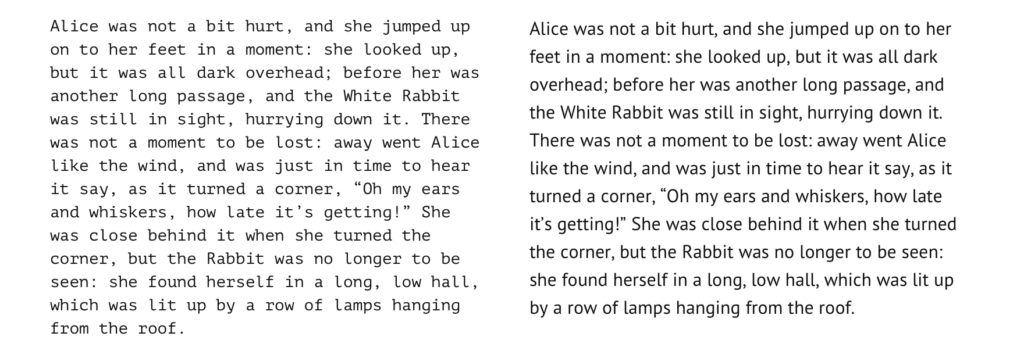
The serif typeface has higher legibility; as a rule, texts typed with it are more accessible to recognize and perceive, especially long articles and books. But often, in direct comparison, it is not easy to see the difference in readability between serif and sans fonts.
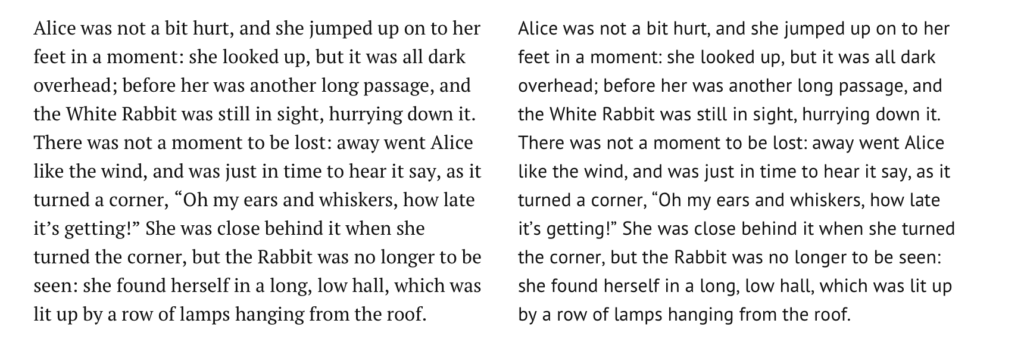
In marketing websites, dashboards, and other control interfaces, a sans font is more appropriate because it scans better and faster by the eye.

In marketing websites, dashboards, and other control interfaces, a sans font is more appropriate because it scans better and faster by the eye.
Purpose
The choice of typeface may depend on what kind of project you are doing and what impression you want to create. For example, a serif font would be preferable for a serious news magazine, while sans, on the contrary, can make a friendly and straightforward content presentation.
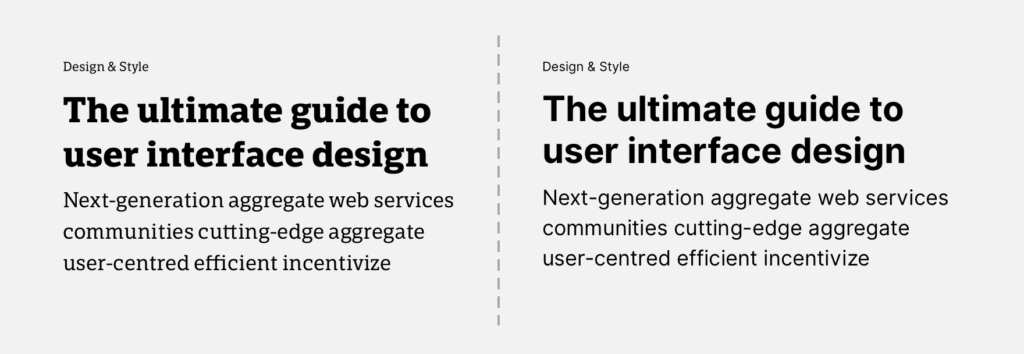
The choice of font is emphasized not only by design style but also by content strategy, content writing style, and editorial policy.
It would be strange to choose a serif for a website about technology and modern devices. Instead, sans or combinations of sans/monospace would be more appropriate.
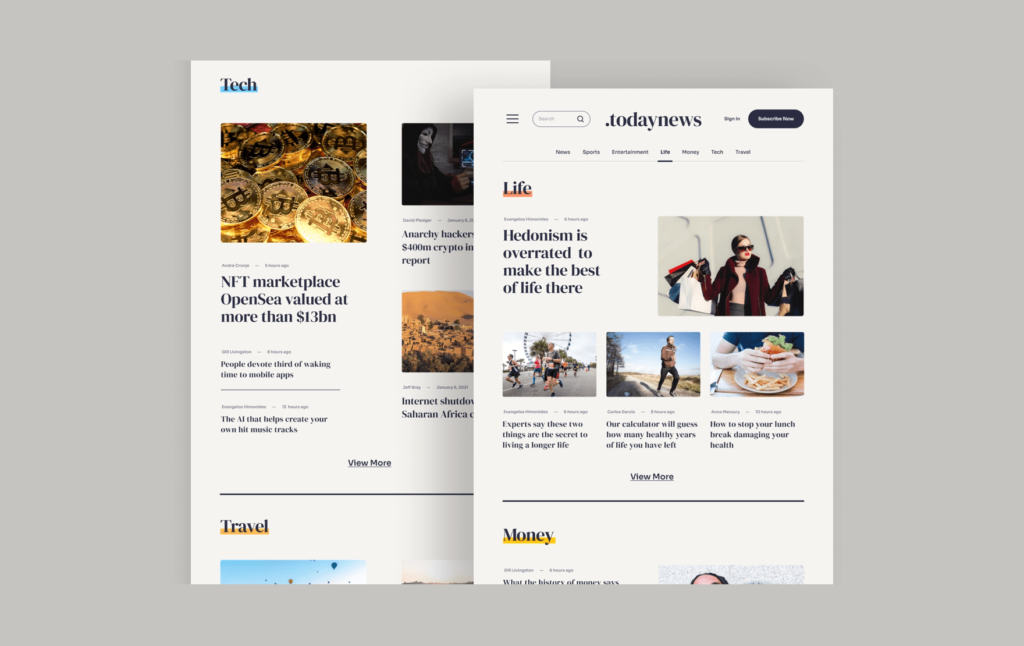
And, if you make a dashboard or any other control panel design, it is better to choose those fonts that are well-scanned by the eye and readable in small sizes. It’s almost always sans font as the only choice.
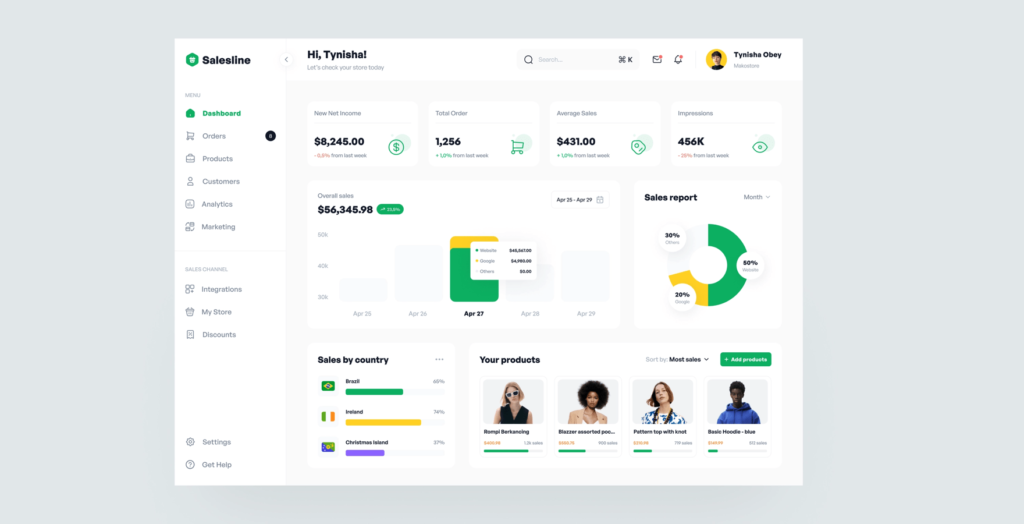
So choosing a font can start with understanding what kind of project you’re doing, what purposes it will be used for, and what results you need to get.
And, of course, not forgetting that readability beats even the purpose of the project. If some font would be easier to read than the one more appropriate to the essence of the project, it is better to choose the most readable.
Requirements
The font choice may depend on the technical requirements and context of the project. Some devices may have a strictly limited set of typefaces, and your selection will not be determined by emotion or sense of style.
Versatility
Some fonts have little weight and style. Sometimes, they are not even in italic style. This can impose limitations on your project, making it impossible to do what you want. This is especially true for complex interfaces, which often require many weights and can’t do without Semibold.
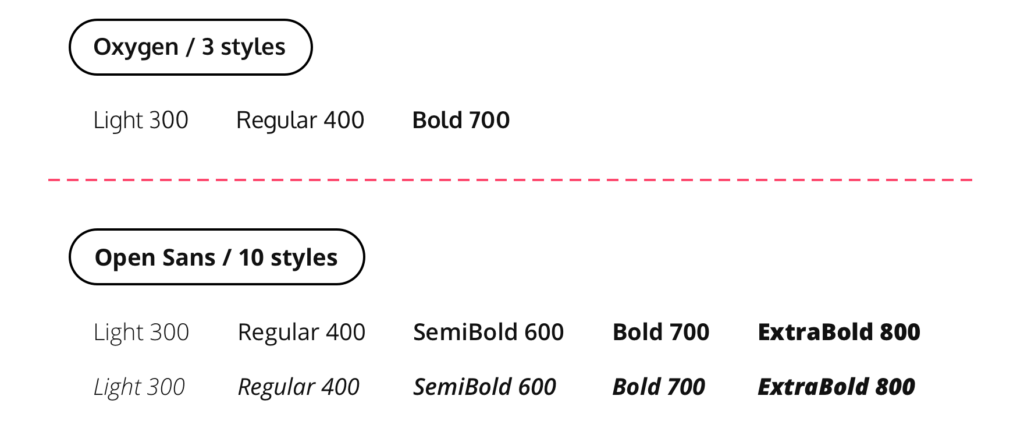
When expanding the project, try to choose a typeface that allows you to implement all the design needs and will not be a stopping factor in the future.
Performance
Often, the choice of typeface is based on the requirement for high reliability and speed of the project. In this case, choosing system fonts that do not require preloading and external import is better.

System fonts are a great challenge and a way to create solid and readable typography in the face of limits. You may need subtle and unusual solutions to make an attractive design. However, neatness, hierarchy, and alignment will play a more significant role than a simple trick with a title made with some fancy font.
Budget
Fonts have different costs. This can significantly influence the choice of typeface for a project.
There are many free fonts at Google Fonts. Some are high quality, such as Inter, JetBrainsMono, Noto Sans, PT Serif, etc. In general, you can sometimes find a suitable solution and combination on Google Fonts.
But paid typefaces are almost always better. And it’s an excellent investment in a project that will pay off by improving the quality of typography and design.

It is all about the detail and balance of paid fonts. Sometimes, you can find perfect paid typefaces, have a bright personality, and make your work stand out.
Some studios or designers offer their models of paid fonts, so you can buy a good one at a reasonable price if your budget is not high.
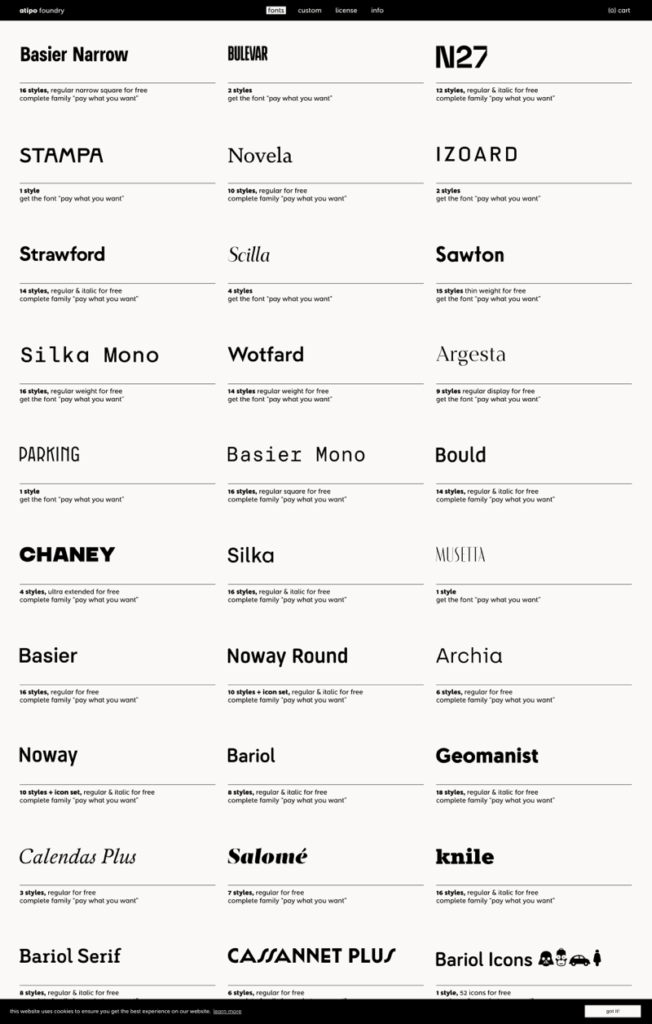
The choice of typeface often depends on the technical and economic requirements of the project. It helps to challenge and, within constraints, achieve better results.

